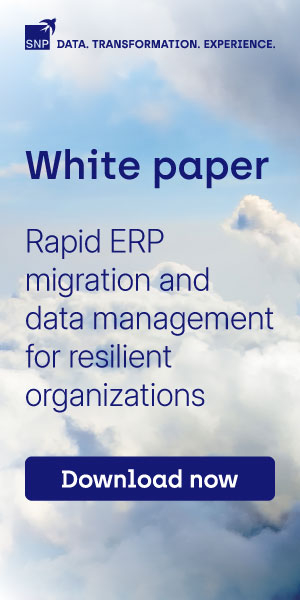Transformation consultant Capgemini has unveiled the impact of generative artificial intelligence on software development in a recent report from its global think tank, Capgemini Research Institute.
The ‘Turbocharging software with GenAI’ report draws on the experience of over 1000 senior executives and 1000 software professionals from organizations that exceed $1bn in revenue. It also explores the potential future impact that GenAI could have.
Sixty-one percent of surveyed organizations said GenAI enabled the development of innovative software and services. For example, GenAI-enhanced ERP services can automate operations to allow more time to be spent on developing new features rather than tedious data processing.
Capgemini uses its own GenAI framework architecture to provide a custom experience using data backed up by company knowledge – effective GenAI-enhanced solutions can leverage company know-how to increase operational effectiveness. By defining baseline strategy and how to develop enterprise-ready, custom solutions, GenAI can be the fuel a firm needs to grow.
The report went on to imply some firms still have a wait-and-see approach to GenAI, with 27 percent of organizations actively exploring the potential of the new tech with pilot projects; only 11 percent have already started to integrate GenAI within their software functionality. Over 60 percent of organizations lack the governance or upskilling programs for GenAI in software engineering.
Nonetheless, the report reveals a third of the software development workforce is self-training with GenAI on unauthorized software. Unfortunately, without proper governance and oversight, the use of such unauthorized software could potentially expose organizations to security and legal risks.
Ultimately, the report found that GenAI, while still in its infancy, can be a powerful tool to enhance several different business aspects – from IT management to employee job satisfaction. Organizations should be wary, however, that they implement sufficient GenAI upskilling to prevent the risk of workers seeking their own, unauthorized training.






